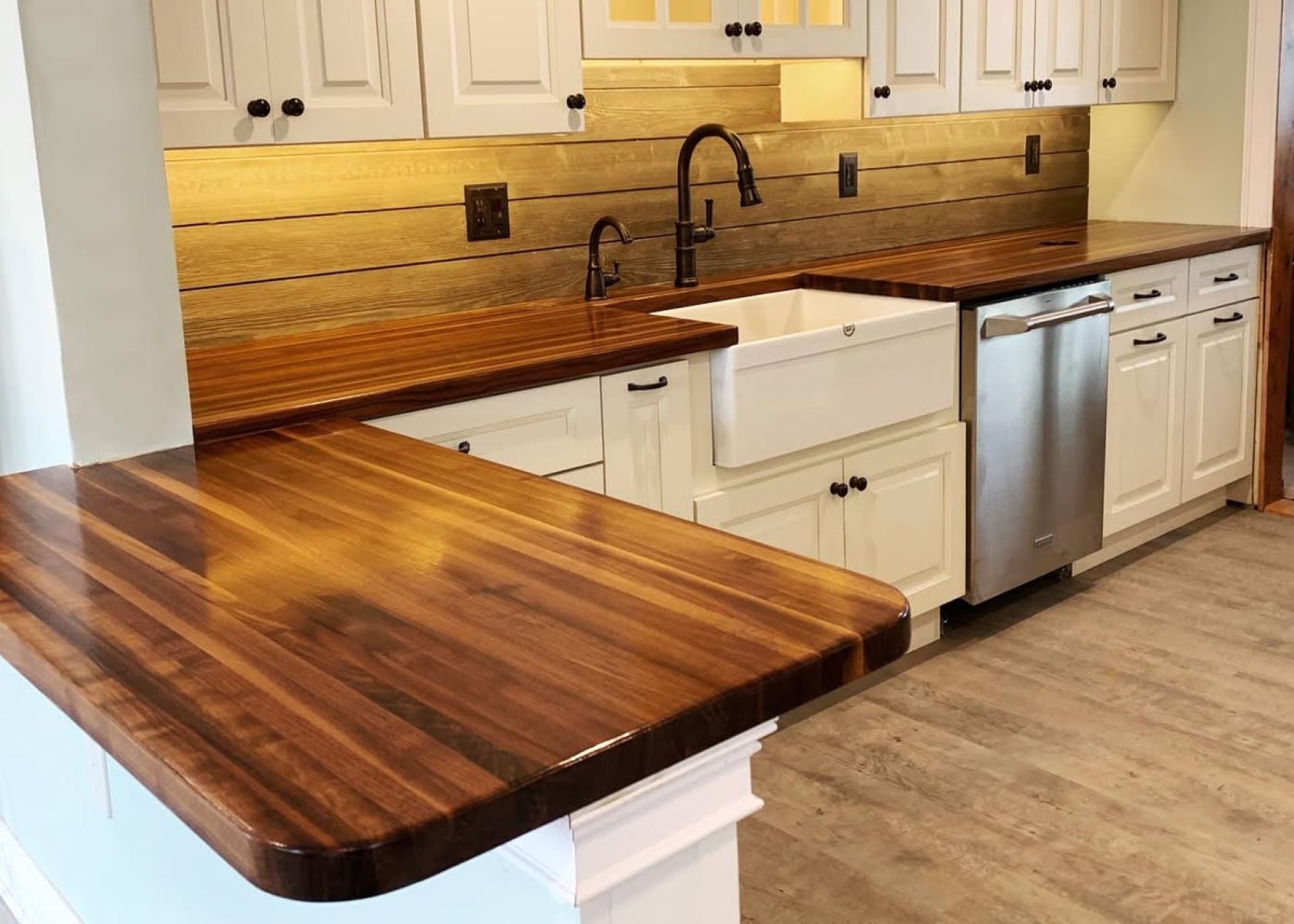

Articles
What Is The Best Wood For Countertops
Modified: January 20, 2024
Discover the top wood options for countertops with our informative articles. Find out which wood species are durable, easy to maintain, and stylish for your kitchen or bathroom.
(Many of the links in this article redirect to a specific reviewed product. Your purchase of these products through affiliate links helps to generate commission for Storables.com, at no extra cost. Learn more)
Introduction
Choosing the right wood for your countertops is a crucial decision when it comes to both functionality and aesthetics. Wood countertops offer a warm and natural look that can enhance the overall design of your kitchen or bathroom. However, with a wide variety of wood options available, it can be overwhelming to determine which one is the best for your needs.
In this article, we will explore the different types of wood commonly used for countertops and discuss the factors you should consider when choosing the perfect wood for your space. We will also examine the pros and cons of using wood countertops to help you make an informed decision.
Whether you prefer a modern, rustic, or traditional style, selecting the right wood for your countertops can transform your space, adding texture, character, and beauty. So, let’s dive in and discover the best wood options for your countertops.
Key Takeaways:
- Choosing the right wood for your countertops involves considering factors such as durability, cost, maintenance, and aesthetic appeal. Each wood species offers unique characteristics that can enhance the overall design of your kitchen or bathroom.
- While wood countertops provide warmth, beauty, and versatility, they require regular maintenance and may be susceptible to damage. Understanding the pros and cons of using wood for countertops is crucial for making an informed decision that aligns with your lifestyle and design preferences.
Read more: How To Finish Wood Countertops
Types of Wood for Countertops
When it comes to choosing the best wood for your countertops, there are several options available. Each type of wood has its own unique characteristics in terms of color, grain pattern, hardness, and durability. Here are five popular wood choices commonly used for countertops:
1. Maple Wood: Maple is a hardwood known for its light, pale color and subtle grain patterns. It is a popular choice for countertops due to its durability and resistance to scratches and dents. Maple wood also has the advantage of being naturally antibacterial, making it a hygienic choice for kitchens.
2. Walnut Wood: Walnut is a luxurious and richly-colored wood that adds warmth and elegance to any space. It has a beautiful grain pattern and ranges in color from light to dark brown. Walnut is a softer wood compared to maple, but with proper sealing and maintenance, it can still be a durable and long-lasting choice for countertops.
3. Cherry Wood: Cherry wood is prized for its rich, reddish-brown hue that deepens and develops a beautiful patina over time. It has a smooth and even grain pattern that adds sophistication to any kitchen or bathroom. While cherry wood is softer than maple, it can still withstand everyday use with proper care and maintenance.
4. Oak Wood: Oak is a popular choice for its durability and timeless appeal. It has a prominent grain pattern and comes in various shades, including white oak and red oak. Oak countertops can handle heavy use and are resistant to stains and scratches. With proper sealing and maintenance, oak can maintain its beauty for years to come.
5. Mahogany Wood: Mahogany is known for its vibrant reddish-brown color and distinctive grain patterns. It is a durable and moisture-resistant wood, making it suitable for both kitchen and bathroom countertops. Mahogany offers a luxurious and timeless look that can elevate the design of any space.
These are just a few examples of the many wood options available for countertops. When choosing the right wood for your countertops, consider the overall style and color scheme of your space, as well as the level of maintenance and durability you desire.
Maple Wood
Maple wood is a popular choice for countertops due to its durability, light color, and subtle grain patterns. It is a hardwood known for its strength and resistance to scratches and dents, making it an excellent choice for high-traffic areas such as kitchens.
One of the key advantages of maple wood is its natural antibacterial properties. It has been found that maple wood contains enzymes that have antimicrobial effects, making it a hygienic choice for food preparation surfaces. This makes it especially appealing for homeowners who prioritize cleanliness in their kitchens.
In terms of aesthetics, maple wood is known for its light color, ranging from creamy white to pale yellow. It has a smooth and even grain pattern, making it a versatile option that complements various design styles. Whether you prefer a modern or traditional look, maple wood can effortlessly blend into any kitchen or bathroom decor.
When it comes to maintenance, maple wood requires regular sealing to protect it from moisture and stains. Proper sealing will also enhance its durability and prevent any potential warping or cracking. Regular cleaning with mild soap and water is sufficient to keep maple wood countertops looking pristine.
In terms of cost, maple wood is generally more affordable compared to some other hardwood options. It provides a cost-effective solution for homeowners who want the beauty and durability of wood without breaking the bank.
Overall, maple wood is an excellent choice for countertops due to its durability, antibacterial properties, and versatile aesthetic appeal. Whether you have a bustling kitchen or a stylish bathroom, maple wood can elevate the design of your space while providing a functional and durable work surface.
Walnut Wood
Walnut wood is highly sought after for countertops due to its luxurious and richly-colored appearance. It adds warmth, elegance, and a timeless beauty to any space, making it a popular choice among homeowners and designers.
One of the distinguishing features of walnut wood is its striking grain patterns. It has a mix of straight lines, waves, and occasional knots that create a unique and visually interesting surface. The color of walnut wood can range from light to dark brown, with some pieces featuring contrasting light and dark tones, adding depth and character to the countertop.
While walnut wood is not as hard as some other hardwoods, such as maple, it still provides sufficient durability for countertop use. The natural oil content in walnut wood acts as a self-sealing mechanism, protecting it from water damage and making it resistant to warping or cracking. However, it is advisable to regularly seal the wood to maintain its beauty and protect it from stains.
One of the advantages of walnut wood is its ease of maintenance. Regular cleaning with mild soap and water is usually sufficient to keep walnut wood countertops looking their best. Additionally, the dark color of walnut wood can help conceal minor scratches or dings that may occur over time.
When it comes to cost, walnut wood tends to be more expensive than some other wood options. However, its stunning aesthetic and unique grain patterns make it a worthwhile investment for those seeking a sophisticated and distinctive countertop.
Whether you have a traditional or contemporary kitchen, walnut wood countertops can add a touch of natural elegance and warmth to your space. Their rich color and unique grain patterns make them a statement piece that is sure to impress guests and create a welcoming atmosphere in your home.
Cherry Wood
Cherry wood is a popular choice for countertops due to its rich, reddish-brown color and smooth, consistent grain patterns. It is known for its warm and inviting aesthetic, making it a favorite among homeowners who desire a touch of elegance and sophistication in their kitchen or bathroom.
One of the standout features of cherry wood is its ability to darken and develop a beautiful patina over time. As the wood is exposed to light, air, and use, it undergoes a natural aging process, deepening its color and enhancing its natural beauty. This unique characteristic makes cherry wood countertops truly unique and adds a sense of character to any space.
While cherry wood is not as hard as some other hardwoods, such as maple or walnut, it is still a durable option for countertops with proper maintenance. Regular sealing is recommended to protect the wood from moisture and stains. With proper care, cherry wood can withstand the rigors of everyday use and remain in excellent condition for many years.
Cherry wood countertops can easily blend into various design styles, adding a touch of warmth to both traditional and modern kitchens. Whether you opt for a sleek and contemporary look or a more rustic and traditional aesthetic, cherry wood can effortlessly complement your desired style.
One consideration to keep in mind when choosing cherry wood is its vulnerability to UV light. Over time, exposure to sunlight can cause the color of the wood to deepen unevenly. To mitigate this, it is advisable to protect the countertop by using window coverings or applying a UV protectant finish.
In terms of cost, cherry wood countertops are typically more expensive than some other wood options. However, the timeless beauty and unique aging process of cherry wood make it a worthwhile investment for those seeking a high-quality, visually stunning countertop.
Overall, cherry wood countertops provide a warm and inviting ambiance to any kitchen or bathroom. With their rich color, smooth grain patterns, and unique aging process, these countertops can elevate the design of your space and become a focal point in your home.
Read more: How Much Are Wood Countertops
Oak Wood
Oak wood is a popular choice for countertops due to its durability, timeless appeal, and natural beauty. It has been a traditional favorite for generations, thanks to its strength and versatility.
One of the key advantages of oak wood is its exceptional durability. It is a hardwood that can handle heavy use and is resistant to stains, scratches, and impacts. This makes it a practical choice for busy kitchens and high-traffic areas.
Oak wood comes in two main varieties: white oak and red oak. White oak has a lighter color with a more uniform grain, while red oak has a reddish tint and a more pronounced grain pattern. Both varieties offer their own unique aesthetic charm, allowing you to choose the one that best suits your style and preference.
Another benefit of oak wood is its natural resistance to moisture. This makes it ideal for kitchens and bathrooms where spills and splashes are common. However, it is still important to properly seal oak wood countertops to ensure their longevity and protect them from potential water damage.
In terms of maintenance, oak wood countertops are relatively easy to care for. Regular cleaning with mild soap and water is sufficient to keep them looking their best. Periodic resealing may be required to maintain their protective finish and enhance their durability.
When it comes to cost, oak wood is generally more affordable compared to some other hardwood options. This makes it an appealing choice for homeowners who want the beauty and durability of wood countertops without a hefty price tag.
Whether you have a modern, rustic, or traditional kitchen, oak wood countertops can provide a classic and timeless look. With their durability, natural beauty, and versatility, oak wood countertops are sure to enhance the overall aesthetic appeal of your space.
Mahogany Wood
Mahogany wood is known for its luxurious and rich reddish-brown color, making it a popular choice for countertops. It adds a touch of elegance and sophistication to any kitchen or bathroom, creating a warm and inviting atmosphere.
One of the standout features of mahogany wood is its distinct grain patterns. It has a medium to coarse texture with interlocking grain, which adds depth and character to the countertop’s surface. The natural variations in the grain create a visually appealing and unique look that sets mahogany wood apart.
In addition to its aesthetic appeal, mahogany wood is highly durable and moisture-resistant. Its natural oils make it resistant to warping and cracking, even when exposed to humid environments. This makes it a suitable choice for both kitchens and bathrooms, where moisture is often present.
Mahogany wood undergoes a slow aging process that deepens its color and enhances its natural beauty over time. As it gets exposed to light and air, it develops a stunning patina that adds to the overall charm of the countertop. This aging process gives mahogany wood countertops a timeless quality that only improves with age.
When it comes to maintenance, mahogany wood requires regular sealing to protect it from moisture and stains. Proper sealing will also enhance its durability and maintain its vibrant color. Routine cleaning with mild soap and water will help keep mahogany wood countertops looking their best for years to come.
It’s important to note that mahogany wood can be more expensive compared to other wood options due to its scarcity and high demand. However, the investment is well worth it for those seeking a distinctive and exceptional countertop that adds a touch of luxury to their space.
Whether you have a traditional, modern, or eclectic kitchen, mahogany wood countertops can be a stunning focal point. Their rich color, unique grain patterns, and natural durability make them a standout choice for homeowners who want to make a statement with their countertops.
Factors to Consider When Choosing Wood for Countertops
When selecting wood for your countertops, there are several important factors to consider to ensure you make the right choice for your needs and preferences. Here are some key factors to keep in mind:
1. Durability: Consider the durability of the wood species you are considering. Different woods have varying levels of hardness and resistance to scratches, dents, and moisture. Prioritize a wood that can withstand the demands of your specific kitchen or bathroom environment.
2. Cost: Determine your budget and consider the cost of the wood species you are interested in. Some wood options may be more affordable than others, allowing you to choose a material that aligns with your financial constraints.
3. Maintenance: Consider the level of maintenance required to keep your wood countertops looking their best. Some woods may require regular sealing or specialized cleaning products, so factor in the time and effort you are willing to commit to maintenance.
4. Aesthetic Appeal: Evaluate the overall look and feel you want to achieve in your space. Different wood species have distinctive colors, grain patterns, and textures. Choose a wood that complements your overall design style and enhances the visual appeal of your kitchen or bathroom.
5. Environmental Impact: Consider the sustainability and environmental impact of the wood species you are considering. Some woods may be more responsibly sourced and have certifications indicating sustainable harvesting practices. If ecological consciousness is important to you, opt for a wood that aligns with your values.
6. Availability: Some wood species may be more readily available in your area compared to others. It’s important to factor in the accessibility of the wood you desire to ensure a smooth procurement process.
7. Functionality: Consider how you will be using your countertops. If you engage in heavy cooking or have young children, you may want a wood that is exceptionally durable and resistant to stains and scratches.
8. Durability: Lastly, consider the durability and longevity of the wood species. Assess how well it will stand up to your lifestyle and usage habits, ensuring your countertops will maintain their beauty and functionality for years to come.
By considering these factors and weighing your priorities, you can confidently choose the wood species that best suits your needs, style, and budget. Remember, each wood has its own unique characteristics, so take the time to research and explore the options available before making a final decision.
Durability
One of the most important factors to consider when choosing wood for countertops is its durability. The durability of the wood will determine how well it can withstand the daily wear and tear of a kitchen or bathroom environment.
Some types of wood, such as maple and oak, are known for their exceptional durability. They have a hard and dense composition that makes them resistant to scratches, dents, and other forms of damage. These hardwoods are ideal for high-traffic areas and busy households.
On the other hand, softer woods like walnut and cherry are still suitable for countertops, but they may be more prone to scratches and dings. With proper care and maintenance, however, these woods can still be durable and long-lasting.
In addition to hardness, it is also important to consider the wood’s resistance to moisture. Kitchens and bathrooms are prone to spills and high humidity levels, so choosing a wood species that is naturally resistant to moisture can help prevent warping, swelling, and other water-related damage.
It is worth noting that even the most durable wood countertops will require some level of maintenance to keep them in good condition. Regular sealing with an appropriate finish can provide an extra layer of protection and ensure the longevity of the wood. Proper care, such as using cutting boards, trivets, and avoiding prolonged exposure to heat and moisture, can also help maintain the wood’s durability.
When selecting wood for countertops, consider your lifestyle and usage habits. If you have a bustling kitchen or children who put countertops through their paces, prioritize a wood species known for its durability. However, if you are willing to take extra precautions and are drawn to the natural beauty of a softer wood, it can still be a viable option.
Ultimately, finding the right balance between durability and aesthetics is key when choosing wood for your countertops. By considering the hardness, moisture resistance, and maintenance requirements of different wood species, you can select a material that will provide both functionality and longevity in your kitchen or bathroom.
When choosing wood for countertops, consider hard, durable options like maple, cherry, or oak. These woods are less likely to scratch or dent and can withstand the wear and tear of daily use.
Read more: How To Stain Wood Countertops
Cost
Cost is an important factor to consider when choosing wood for countertops, as it can vary significantly depending on the type of wood and its availability.
Some wood species, such as maple and oak, tend to be more widely available and therefore more affordable. These hardwoods offer excellent durability and aesthetic appeal at a relatively lower cost compared to some other options.
On the other hand, certain wood species, such as walnut and mahogany, are considered more premium and consequently come with a higher price tag. These woods are often valued for their unique color, grain patterns, and luxurious appearance. If you are willing to invest in a higher-end option, these woods can add a touch of opulence and sophistication to your countertops.
It’s important to establish a budget before starting your search for wood countertops. This will help guide your decision-making process and prevent overspending. Keep in mind that in addition to the cost of the wood itself, you will also need to consider the cost of professional installation and any additional finishes or treatments required.
While cost is an important consideration, it’s essential to strike a balance between your budget and the overall quality and aesthetic appeal of the wood. Remember that countertops made from durable and visually stunning wood can significantly enhance the value and beauty of your kitchen or bathroom, making it a worthwhile investment.
If you have a smaller budget but still desire the look of wood countertops, consider alternative options such as using wood as an accent material or combining it with other more budget-friendly materials, such as laminate or engineered wood. These alternatives can provide a similar aesthetic while being more cost-effective.
Ultimately, the cost of wood countertops will vary based on factors such as the type of wood species, the availability of the wood in your region, and the desired level of customization. Take the time to research prices, compare options, and consult with professionals to make a decision that aligns with your budget and vision for your space.
Maintenance
When choosing wood for countertops, it is crucial to consider the level of maintenance required to keep them in optimal condition. Proper maintenance not only preserves the beauty of the wood but also ensures its longevity and durability.
Regular sealing is one of the key maintenance tasks for wood countertops. Sealing helps protect the wood from moisture, stains, and other potential damages. It creates a barrier that prevents liquids from penetrating the wood and causing warping or discoloration. The frequency of sealing will depend on the specific wood species and the type of finish used. Generally, countertops should be resealed every 1-3 years, or as recommended by the manufacturer or installer.
Day-to-day care of wood countertops involves cleaning with mild soap and water. Avoid using harsh cleaners or abrasive scrubbers that can damage the wood’s surface. Wipe up spills promptly to prevent them from seeping into the wood and causing staining or other issues. Using cutting boards and trivets can also help protect the wood from scratches and heat damage.
In addition to regular sealing and cleaning, it’s important to be mindful of the potential effects of sunlight on wood countertops. Prolonged exposure to UV rays can cause the wood to fade or change in color over time. To minimize this, consider using window coverings or applying UV-protective coatings to shield the wood from direct sunlight.
Understanding and following the maintenance requirements of your chosen wood species is essential for preserving its beauty and durability. Some wood types may have specific care instructions or recommendations, so be sure to consult with the manufacturer or installer for guidance.
While wood countertops do require regular maintenance, many homeowners find that the unique character and warmth they bring to a space outweigh the extra effort. If you are willing to commit to proper care and maintenance, wood countertops can provide a natural and timeless beauty that can be enjoyed for years to come.
Before making a decision, consider your lifestyle and the level of maintenance you are willing to undertake. If you prefer a low-maintenance option, you may want to explore alternatives such as composite or laminate countertops that offer the look of wood without the same upkeep requirements.
By understanding the maintenance needs of wood countertops and factoring them into your decision-making process, you can choose a wood species that aligns with your lifestyle and meets your expectations for long-term care and maintenance.
Aesthetic Appeal
The aesthetic appeal of wood countertops is undeniably one of the main reasons why homeowners are drawn to this material. Wood offers a natural warmth, beauty, and timeless elegance that can enhance the overall look and feel of a kitchen or bathroom.
When considering the aesthetic appeal of wood countertops, there are several factors to keep in mind. First and foremost is the color of the wood. Different wood species come in a wide range of colors, from light and pale tones to rich, dark hues. Consider the existing color palette of your space and choose a wood color that complements or contrasts with it harmoniously.
The grain pattern of the wood is another significant factor in its aesthetic appeal. Each type of wood has a unique grain pattern that can range from subtle and uniform to bold and pronounced. The grain adds a sense of depth and visual interest to the countertop’s surface.
Texture is also an important aspect to consider. Some wood species have a smooth and even texture, while others may have a more rustic or distressed appearance. The texture of the wood can contribute to the overall style and feel of the space, whether it’s a sleek modern kitchen or a cozy farmhouse-inspired bathroom.
Moreover, the versatility of wood allows for various design options. It can be shaped and customized to fit any size or style of countertop. Wood can also be combined with other materials, such as metal or stone, to create unique and eye-catching accents.
Furthermore, the natural aging process of wood adds to its aesthetic charm. Many wood species, such as cherry or mahogany, develop a rich patina over time, deepening in color and gaining character. This patina adds a sense of uniqueness and tells the story of the countertop’s history.
When choosing the aesthetic appeal of wood countertops, take into account your personal style and the overall design theme of your space. Consider whether you want a classic and timeless look or a more contemporary and bold statement. By selecting a wood species that aligns with your vision and style preferences, you can create a truly personalized and visually stunning countertop.
Remember that the aesthetic appearance of wood countertops can be further enhanced with proper lighting, complementary backsplashes, and coordinating cabinetry. By paying attention to these details, you can create a cohesive and harmonious overall design that showcases the beauty of your wood countertops.
Pros and Cons of Using Wood for Countertops
Wood countertops offer a unique and natural look that can elevate the design of any kitchen or bathroom. However, like any material, there are both pros and cons to consider before choosing wood for your countertops.
Pros:
- Warmth and Beauty: Wood countertops provide a warm and inviting aesthetic that cannot be replicated by other materials. The natural grain patterns and unique characteristics of each wood species add a touch of natural beauty and create a sense of warmth in the space.
- Versatility: Wood is a versatile material that can complement various design styles, from traditional to modern. It can be customized to fit any size and shape of countertop, allowing for a personalized and unique look.
- Renewable and Sustainable: Wood is a renewable resource, and responsible sourcing practices ensure the sustainability of the material. By choosing wood countertops, you can have an eco-friendly option that minimizes environmental impact.
- Antibacterial Properties: Some wood species, like maple, have natural antibacterial properties, making them a hygienic choice for food preparation surfaces. These properties can help inhibit the growth of bacteria on the countertops.
- Durable: Many hardwoods used for countertops, such as maple and oak, are highly durable and resistant to scratches and dents. With proper care and maintenance, wood countertops can withstand the demands of daily use for many years.
Cons:
- Maintenance: Wood countertops require regular maintenance, including sealing, to protect them from moisture and stains. Without proper care, the wood may warp, crack, or develop stains over time.
- Susceptible to Damage: Although wood is durable, it is not as resistant to heat and moisture as other countertop materials. It is important to use trivets and cutting boards to prevent heat damage and avoid leaving spills or standing water on the wood surface.
- Prone to Scratches: Wood countertops can be susceptible to scratches and dings, particularly with softer wood species like walnut or cherry. It is important to use cutting boards and take precautions to avoid any accidental damage.
- Cost: Wood countertops, especially those made from premium hardwoods, may have a higher upfront cost compared to other materials. The price can vary depending on the type of wood species, customization, and other factors.
- Change in Appearance: Over time, wood countertops may change in color and develop a patina due to exposure to light and air. While this may add character, it is important to consider if you prefer a countertop material that maintains a consistent appearance over time.
By considering these pros and cons, you can make an informed decision about whether wood countertops are the right choice for your lifestyle, budget, and design preferences. With proper care and maintenance, wood countertops can provide a unique and elegant look that enhances the overall aesthetic of your space.
Pros
Wood countertops offer several advantages that make them a desirable option for homeowners looking for a natural and warm aesthetic in their kitchen or bathroom. Here are some of the key pros of using wood for countertops:
- Warm and Inviting Appearance: One of the standout benefits of wood countertops is their natural beauty and warm appearance. The grain patterns and varying colors of different wood species create a unique and inviting look that adds character to any space. The natural warmth of wood can create a cozy and welcoming atmosphere in your kitchen or bathroom.
- Versatility: Wood is a versatile material that can be customized to fit any design style. Whether you prefer a rustic farmhouse kitchen or a sleek contemporary bathroom, wood countertops can adapt to your preferred aesthetic. They can be stained, painted, or left natural to match your desired look.
- Renewable and Sustainable: Using wood for countertops is an environmentally friendly choice as it is a renewable resource. Opting for responsibly sourced wood can ensure the sustainability of the material. With proper forest management practices, the use of wood for countertops can have a lower carbon footprint compared to other materials.
- Durability: Wood countertops made from quality hardwoods can be highly durable and long-lasting. Hardwood species like maple, oak, and walnut are known for their strength and resistance to scratches and dents. With proper care, wood countertops can withstand everyday wear and tear and maintain their beauty for many years.
- Antibacterial Properties: Certain wood species, such as maple, have natural antibacterial properties. The enzymes present in maple wood have been found to have antimicrobial effects, making it a hygienic choice for food preparation surfaces. This can provide added peace of mind for homeowners concerned about food safety and cleanliness.
- Repairable: Unlike other countertop materials that may require costly replacements in case of damage, wood countertops can be easily repaired. Minor scratches and dents can be sanded out and resealed, restoring the countertop to its original beauty. This makes wood countertops a more cost-effective option in the long run.
These pros highlight the many advantages of using wood for countertops. From its natural beauty and warmth to its versatility and sustainability, wood can provide a unique and timeless look that enhances the overall appeal of your kitchen or bathroom.
Cons
While wood countertops offer many advantages, there are also some considerations and potential drawbacks to keep in mind. Here are a few common cons associated with using wood for countertops:
- Maintenance: Wood countertops require regular maintenance to keep them in optimal condition. Proper sealing is necessary to protect the wood from moisture, stains, and other damage. Without regular maintenance, wood countertops can warp, crack, or develop unsightly stains.
- Susceptibility to Damage: Although wood is a durable material, it is not as resistant to heat and moisture as other countertop materials like granite or quartz. Hot pans or pots can cause burn marks, and excessive moisture can lead to warping or discoloration. It’s crucial to use trivets and cutting boards to protect the wood surface.
- Potential for Scratches and Dings: Wood countertops, especially those made from softer wood species like walnut or cherry, can be prone to scratches and dings from cutting or sharp objects. Using cutting boards and taking precautions to avoid accidental damage is essential to maintaining the beauty of the wood.
- Cost: Wood countertops, particularly those made from premium or exotic hardwoods, can be more expensive compared to other countertop materials like laminate or tile. The price can vary depending on factors such as the type of wood species, customization, and the size of the project. Higher-quality and more durable wood species may come with a higher price tag.
- Change in Appearance: Over time, wood countertops may undergo changes in color and develop a natural patina. This aging process can be appealing for some, as it adds character and charm, but it may not be desirable for those looking for a consistent appearance. Exposure to light can also cause the wood to darken or fade, requiring proper care and maintenance to preserve its original color.
- Prone to Bacterial Growth if Not Properly Maintained: While some wood species have natural antibacterial properties, it’s important to note that wood can potentially harbor bacteria if not properly maintained. Food particles and liquids can penetrate the wood surface, creating a breeding ground for bacteria. Regular cleaning and proper sealing are essential to prevent bacterial growth.
Despite these potential cons, many homeowners find that the unique beauty and warmth of wood countertops outweigh the drawbacks. With regular maintenance and proper care, wood countertops can provide a stunning and durable surface that enhances the overall aesthetic of your kitchen or bathroom.
Read more: How To Make Wood Kitchen Countertops
Conclusion
Choosing the right wood for your countertops is a decision that involves careful consideration of various factors. Wood countertops offer a unique and timeless beauty that can enhance the overall design of your kitchen or bathroom. They provide a warm and inviting atmosphere and can be customized to match your preferred aesthetic.
Throughout this article, we explored different wood species commonly used for countertops, including maple, walnut, cherry, oak, and mahogany. Each wood has its own distinct characteristics in terms of color, grain patterns, and durability. Understanding the pros and cons of each wood species can help you make an informed decision that aligns with your preferences and lifestyle.
When selecting wood for your countertops, factors such as durability, cost, maintenance requirements, aesthetic appeal, and sustainability should be taken into account. Hardwood species like maple and oak offer excellent durability, while softer woods like walnut and cherry can still be utilized with proper care. Consider your budget and the level of maintenance you are willing to undertake to ensure the longevity of your wood countertops.
Wood countertops have numerous advantages, including their warm appearance, versatility, renewability, and unique characters. However, it’s essential to be aware of the maintenance involved, potential susceptibility to damage, higher cost compared to some materials, and the change in appearance over time.
In conclusion, wood countertops can be an excellent choice if you value the natural beauty and warmth that wood brings to your space. With proper care and maintenance, they can provide a durable and visually stunning surface that adds charm and authenticity to your kitchen or bathroom.
Remember to consider your personal style, lifestyle, and budget when selecting the wood species for your countertops. Take the time to research and consult with professionals to make an informed decision that suits your needs and creates a space that you will love for years to come.
Frequently Asked Questions about What Is The Best Wood For Countertops
Was this page helpful?
At Storables.com, we guarantee accurate and reliable information. Our content, validated by Expert Board Contributors, is crafted following stringent Editorial Policies. We're committed to providing you with well-researched, expert-backed insights for all your informational needs.
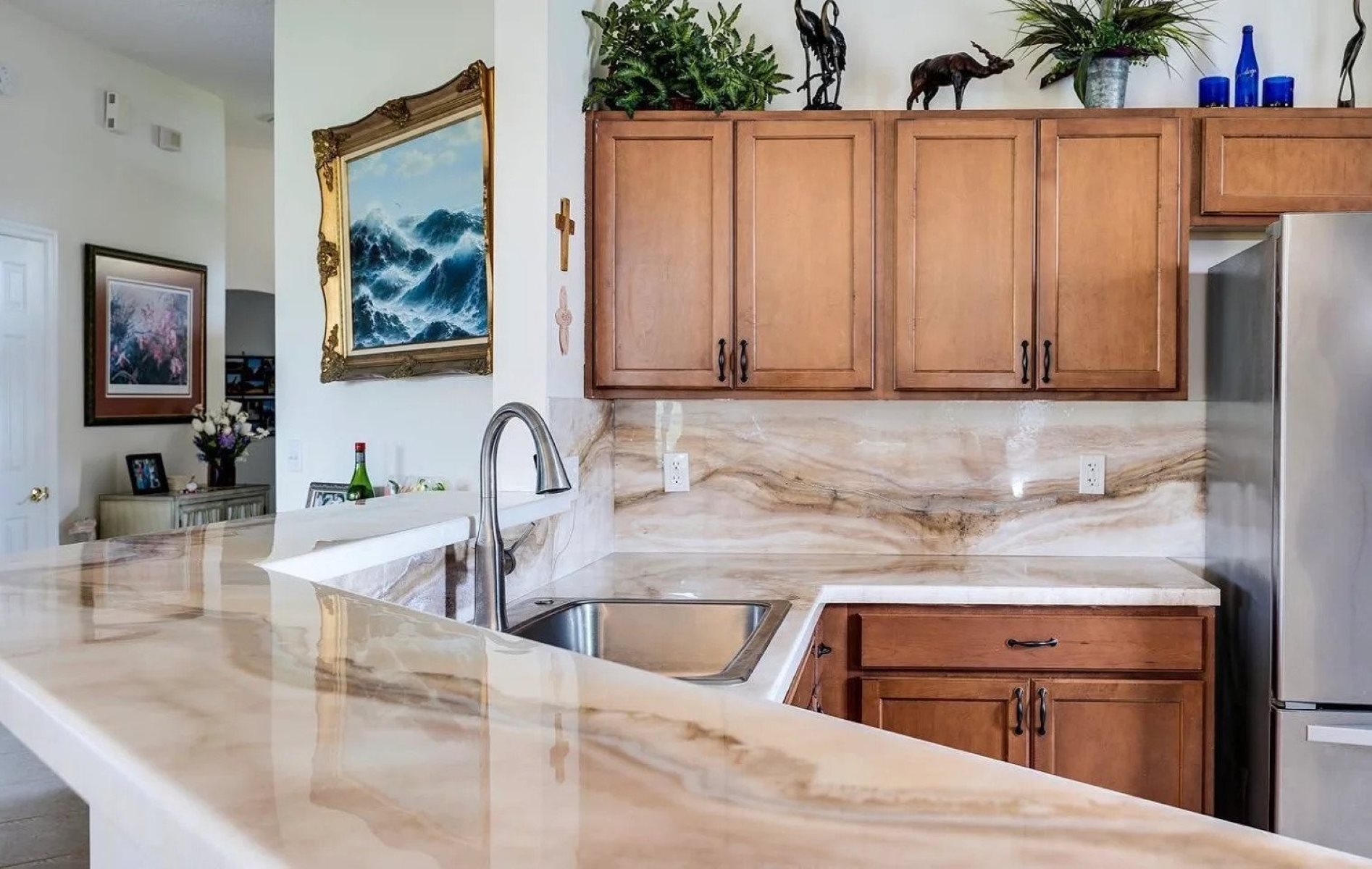
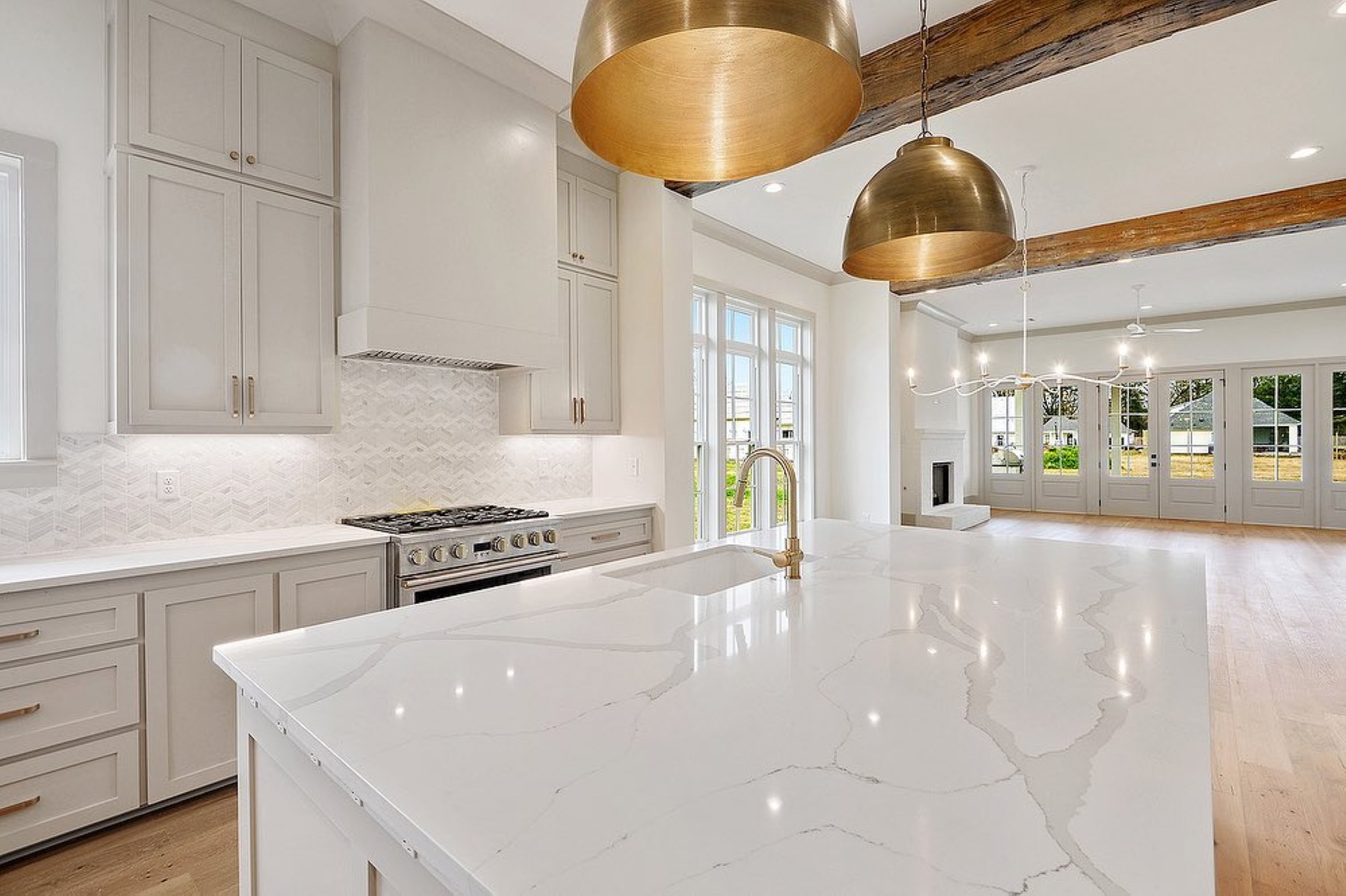
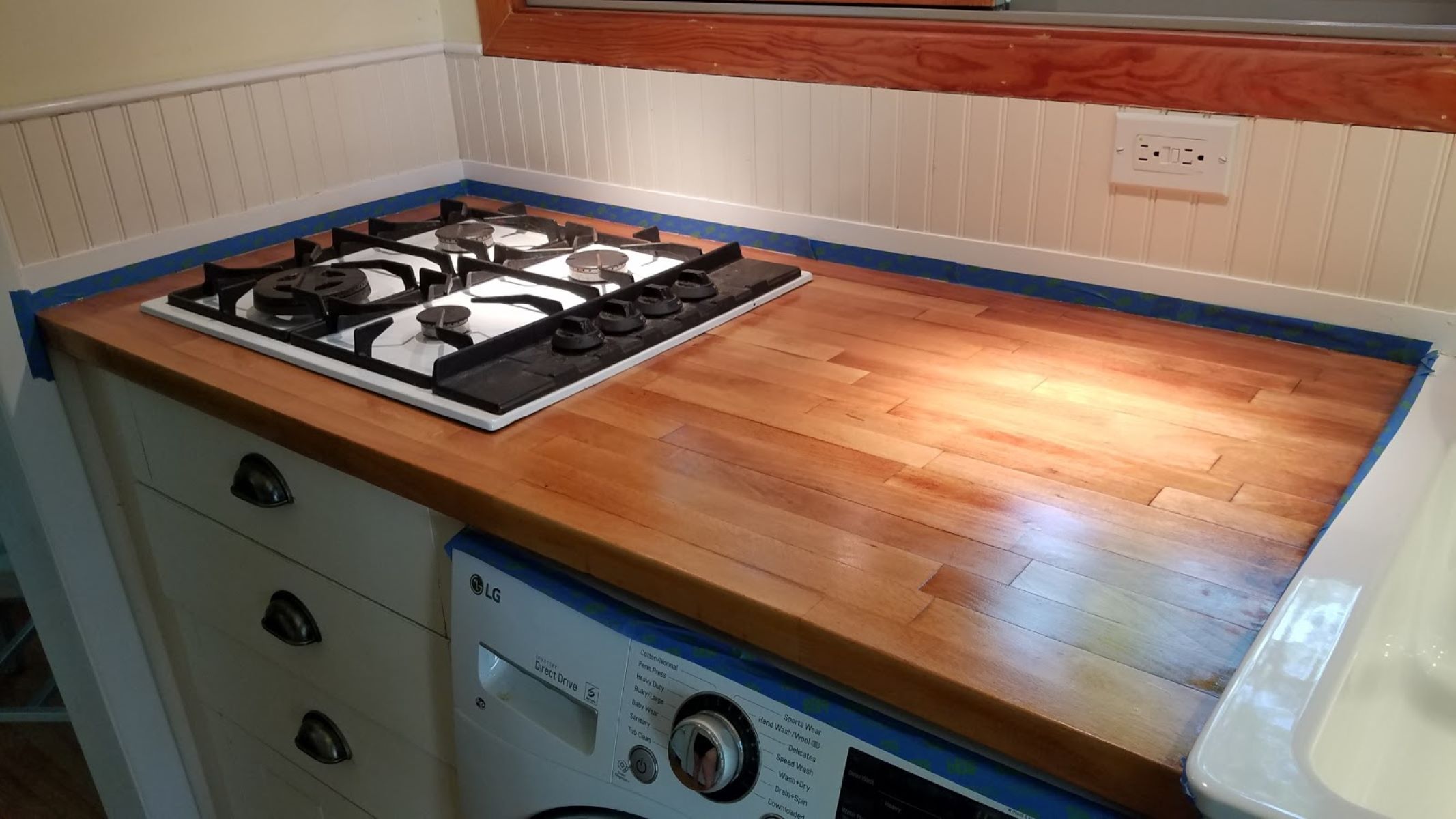
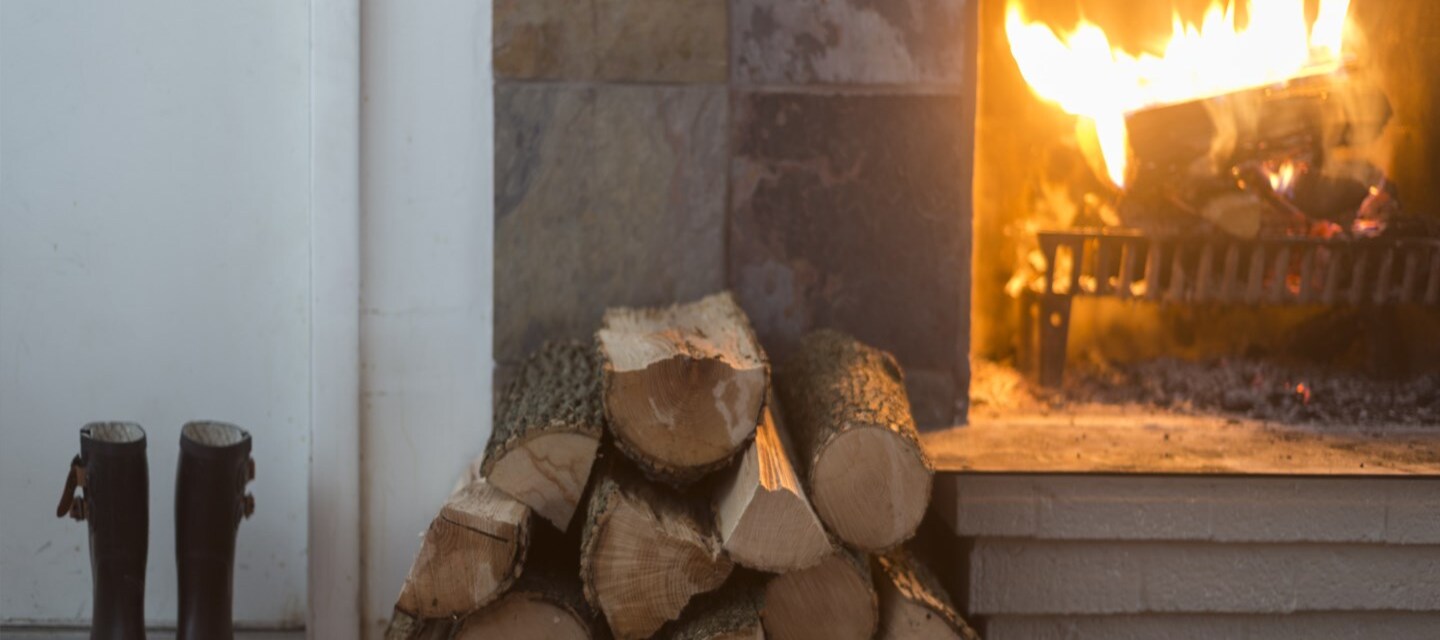
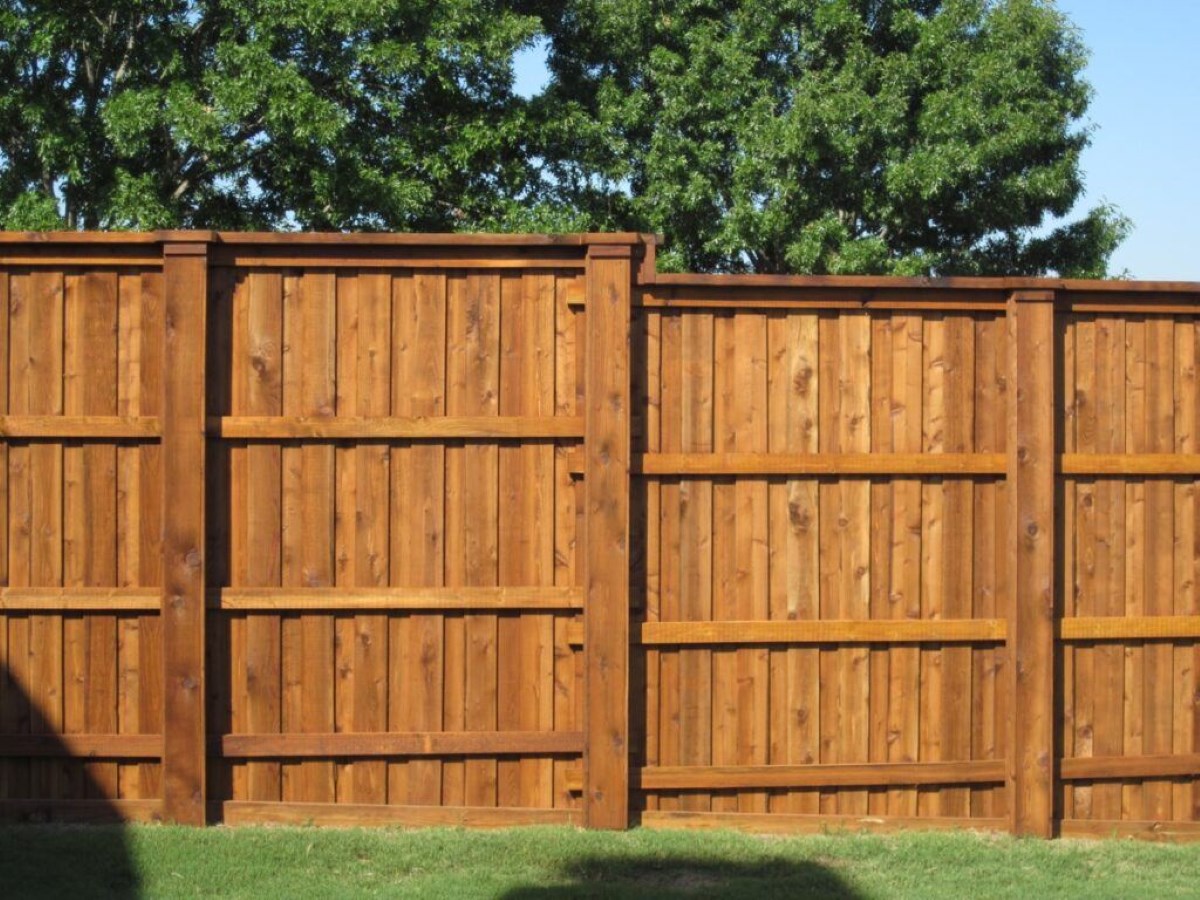
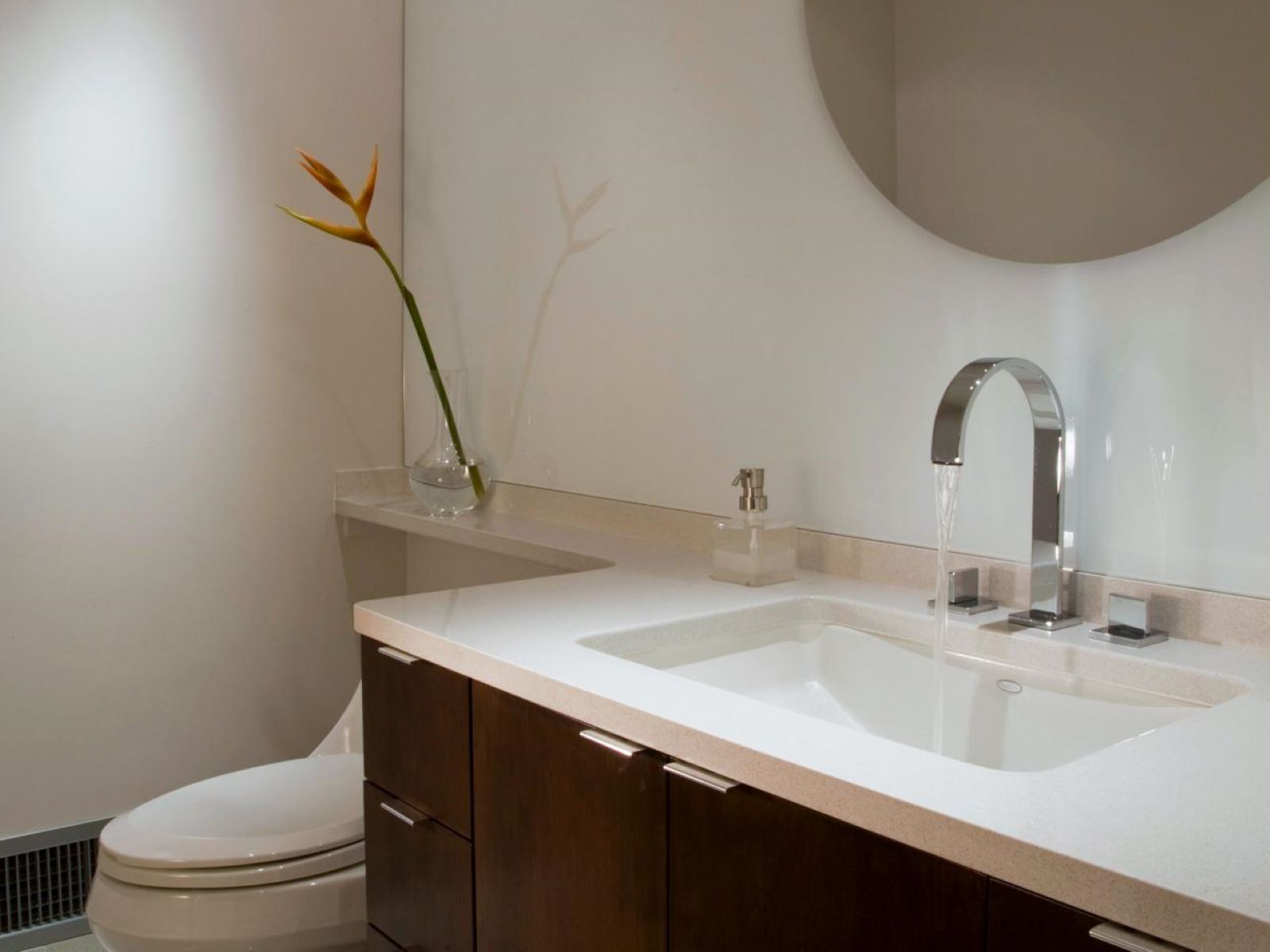

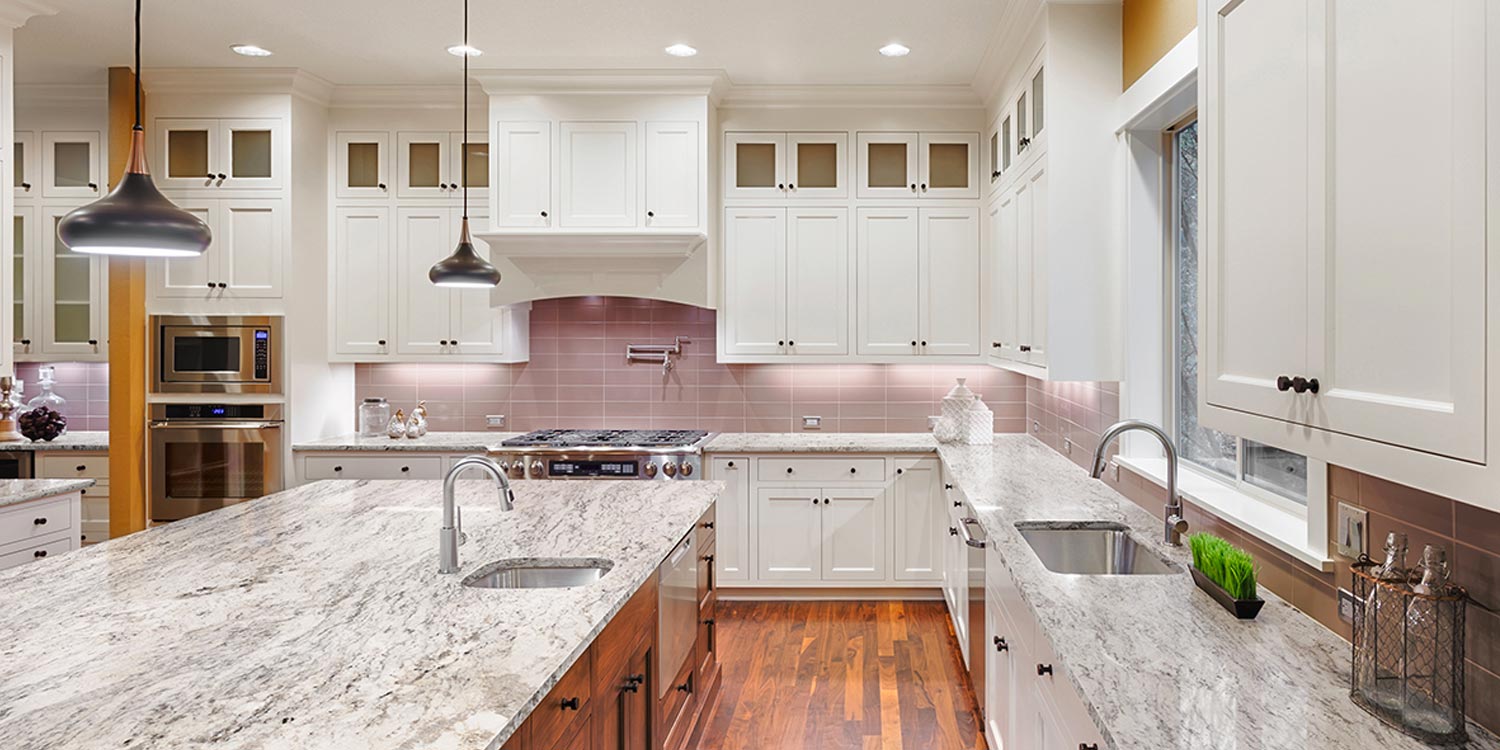
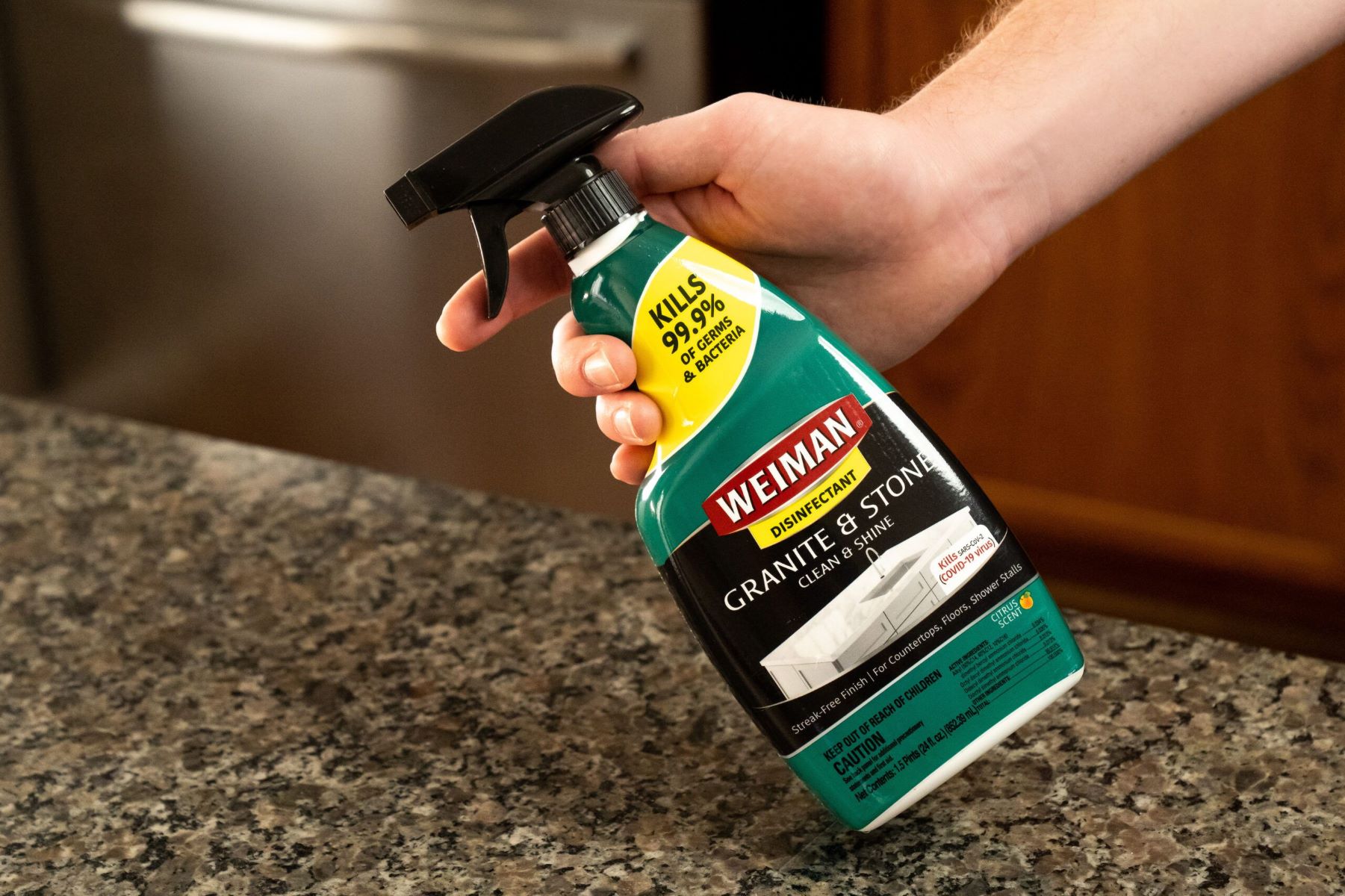
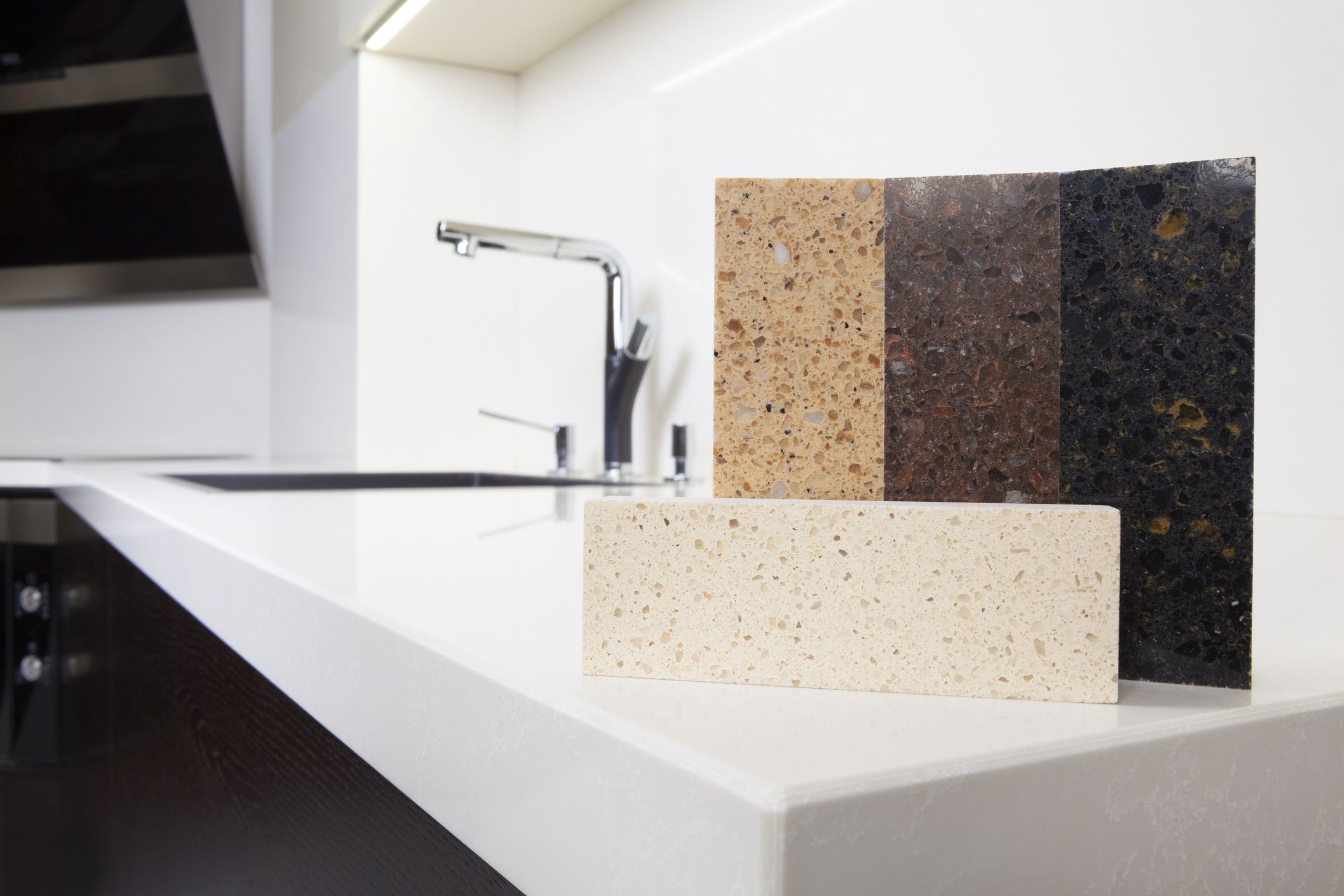
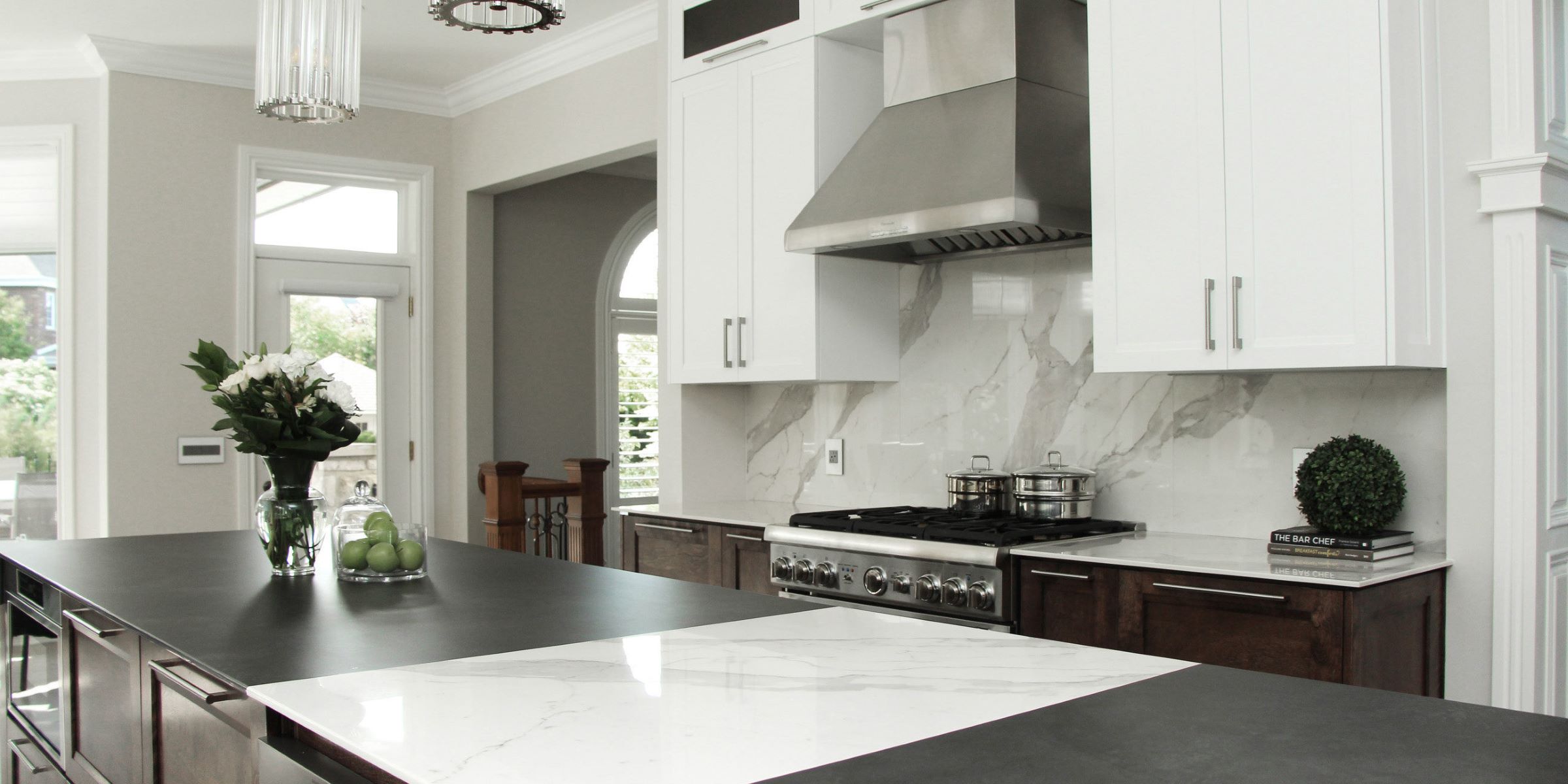

0 thoughts on “What Is The Best Wood For Countertops”